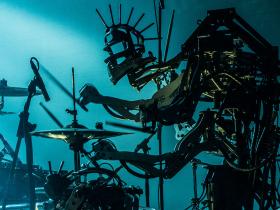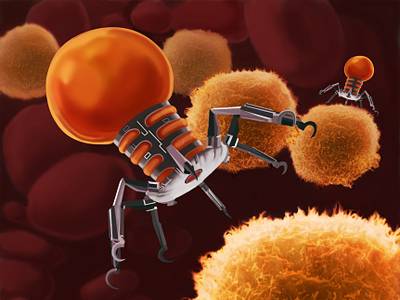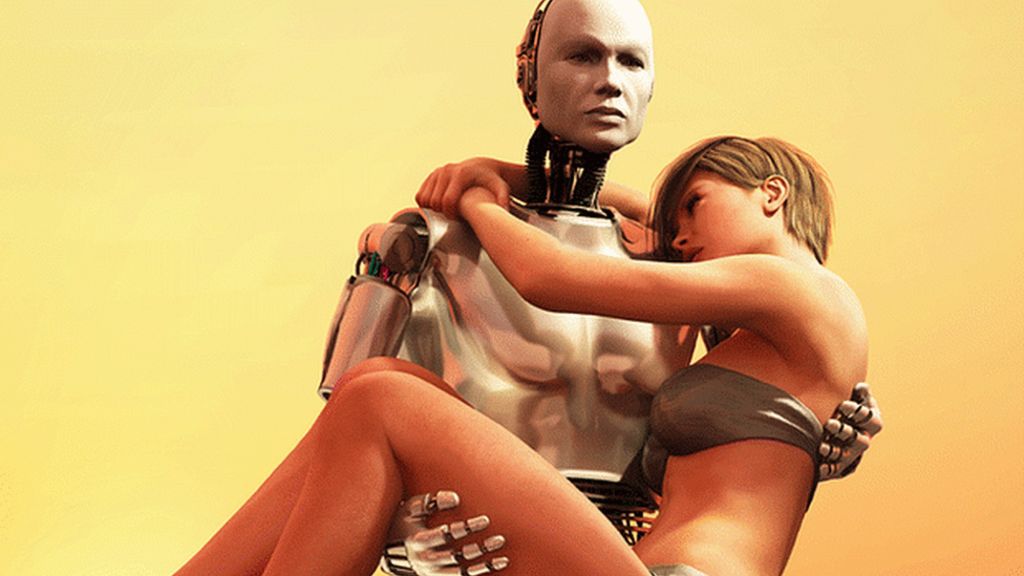Feb 14, 2016
Do not mess with time: Probing faster than light travel and chronology protection with superluminal warp drives
Posted by Andreas Matt in categories: quantum physics, space travel, time travel
ABSTRACT
While General Relativity (GR) ranks undoubtedly among the best physics theories ever developed, it is also among those with the most striking implications. In particular, GR admits solutions which allow faster than light motion and consequently time travel. Here we shall consider a “pre-emptive” chronology protection mechanism that destabilises superluminal warp drives via quantum matter back-reaction and hence forbids even the conceptual possibility to use these solutions for building a time machine. This result will be considered both in standard quantum field theory in curved spacetime as well as in the case of a quantum field theory with Lorentz invariance breakdown at high energies. Some lessons and future perspectives will be finally discussed.

















